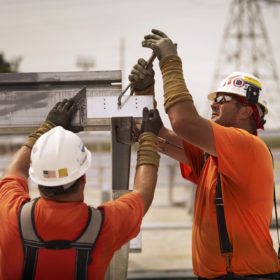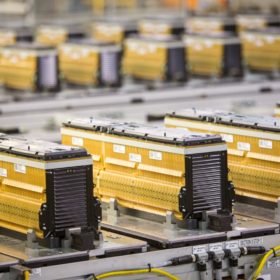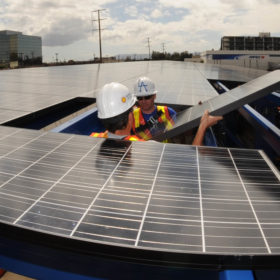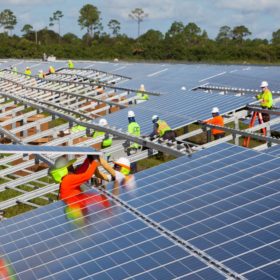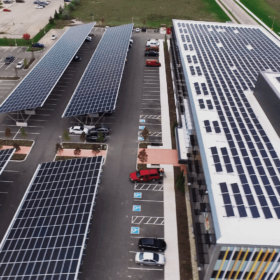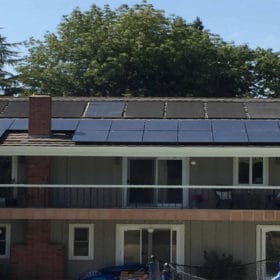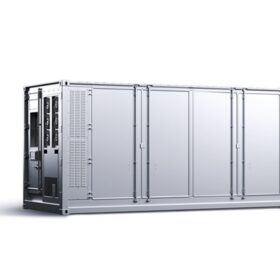Why Build Back Better’s solar policies are so important
The Build Back Better plan will be the most significant climate policy ever passed in America, and it will be a pivotal step toward creating a cleaner, more resilient energy future.
Solving EV supply chain issues requires scaling the battery supply chain
The expected growth in EV sales during this decade will be dependent on an increase in the production of higher performance and lower cost EV batteries. The EV supply chain requires huge increases in raw materials production and processing to feed into the huge increase in EV battery factories required to meet EV market demand.
Navigating the foundation: risk vs. reward
Comparing the benefits and costs of ground screws vs. piles for utility and C&I systems.
Build Back Better Act is in urgent need of a new sales pitch
Clean energy infrastructure is the answer: The time is now for the administration to pivot on messaging and to clearly define parts of the BBBA as clean energy infrastructure legislation.
Negotiating solar contracts in uncertain times
Developers and contractors who have a long-term perspective and make calculated decisions about today’s multifaceted risks – from tariff uncertainty to COVID to supply chain issues to component compatibility – will ultimately be best positioned to succeed.
Solar in winter: Mitigating risk of environmental damage to solar panels
Some of the risks involved with solar installations can be especially severe in areas of North America that experience very cold temperatures and cold and ice in the winter.
Microgrids: A solution for modern-day energy challenges
Interest in microgrids has been growing as the country and the world confront more frequent, extreme weather events and an increased urgency to consider alternative energy sources. Microgrids aren’t a new concept, but they’re fast gaining traction for a variety of organizations to address modern-day energy challenges.
Next-generation solar technologies will drive a lower LCOE
FTC Solar’s Chief Technology Officer outlines how large-format, high-wattage modules and autonomous systems can drive down the levelized cost of energy of utility-scale solar power.
U.S. decarbonization goals hinge on scaling up heterojunction cell tech
HJT technology could fill an innovation gap in the residential and commercial rooftop PV market, and boost U.S. solar leadership through domestic manufacturing of cells and modules.
Here’s why you need to support California net metering
John Fitzgerald Weaver argues that we need net metering to fully recognize the value of solar power on our homes and businesses.
